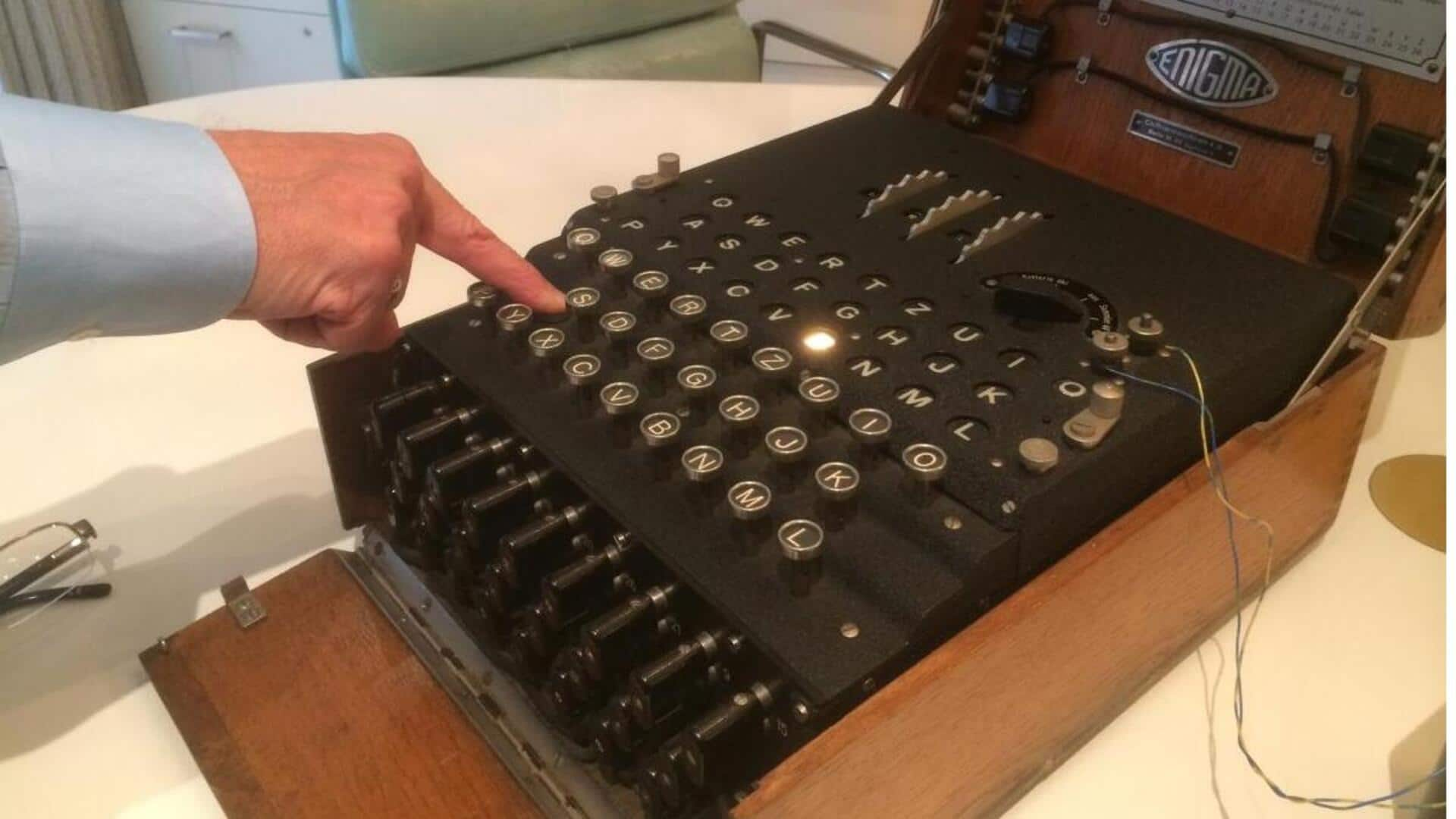
AI can crack WW2-era secret code easily, says Oxford professor
What's the story
Modern artificial intelligence (AI) could crack the complex Enigma code used in World War 2, in a fraction of the time it took Alan Turing and his team. The claim comes from Oxford University's Computer Science Professor Michael Wooldridge. He thinks "Enigma wouldn't stand up to modern computing and statistics," emphasizing how today's technology could easily break this historical cipher.
Difficult
Enigma code: A look at its complexity
The Enigma machine, employed by the Axis powers, was a complex electro-mechanical device similar to a typewriter. It had three rotors with 26 positions each, a reflector that bounced signals back through the rotors, and a plugboard to swap letter pairs. This complex configuration ensured that even hitting the same key twice would produce different letters each time. The initial settings were also altered every 24 hours, making it even more complex.
Codebreaking
How Turing and his team cracked the code
Turing's team employed machines dubbed "Bombes" to decode Nazi messages, sifting through millions of potential alternatives. Wooldridge explained that the Enigma's strength was its massive number of encryption possibilities, too large for humans to check exhaustively. Dr. Mustafa A Mustafa of the University of Manchester also highlighted several weaknesses in the Enigma system, that Turing and his colleagues exploited in their brute-force attack method.
AI advantage
AI's prowess in codebreaking
Today, Wooldridge thinks recreating the logic of Bombes in a conventional program would be easy. He said that even ChatGPT, an AI model, could do this task. With the speed of today's computers and modern statistical and computational techniques, Wooldridge argues that "the laborious work of the bombes would be done in very short order." This shows how far technology has come since Turing's time.